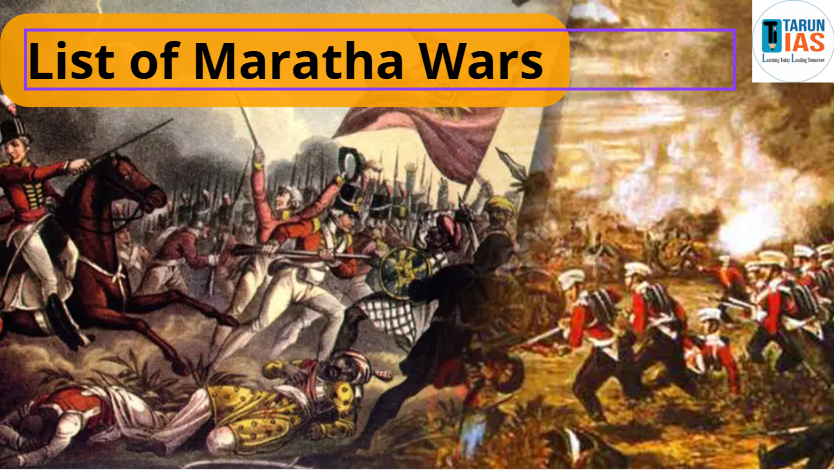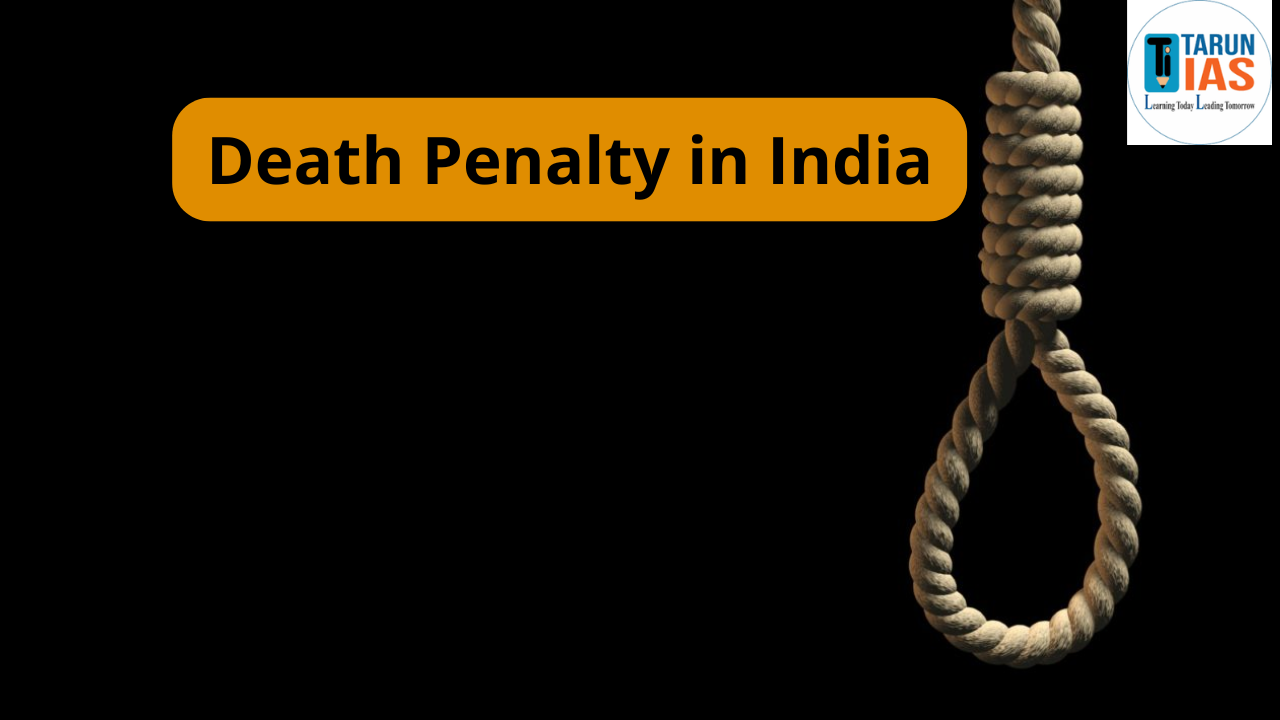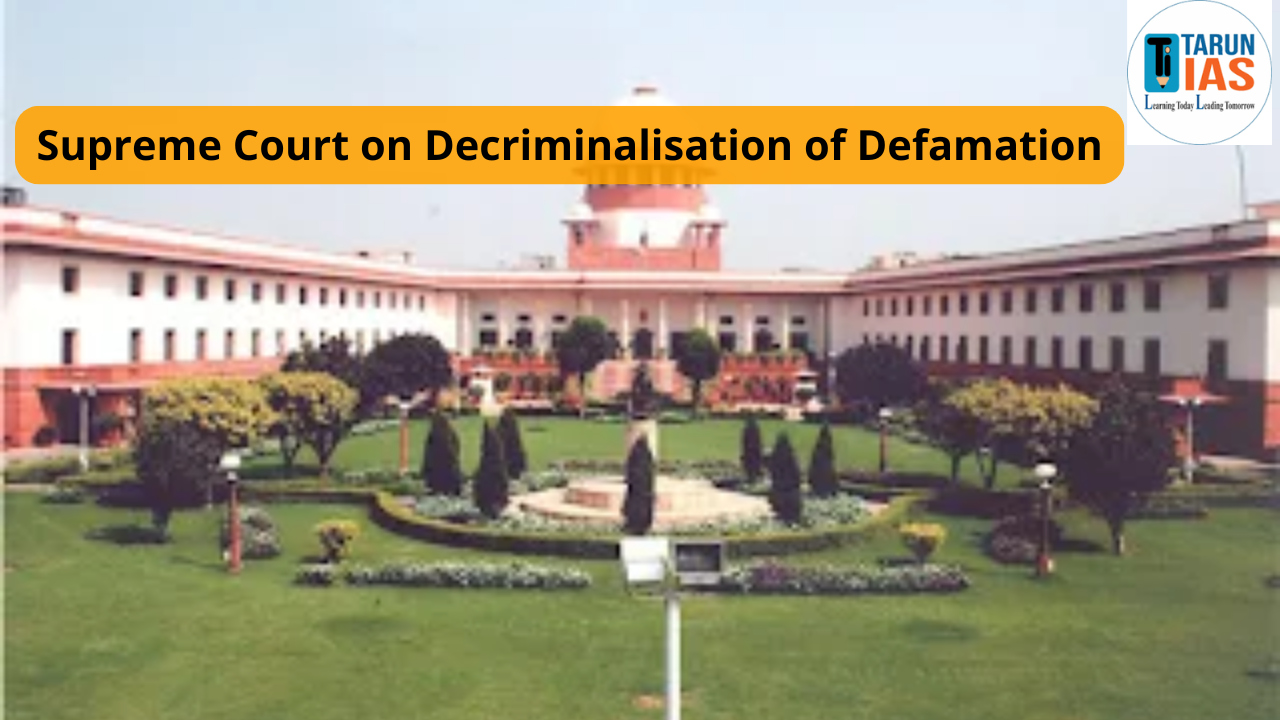The List of Maratha Wars offers a glimpse into the powerful and strategic military history of the Maratha Empire. Spanning from the mid-17th century to the early 19th century, these wars shaped the subcontinent’s political and cultural landscape. The Maratha Empire, under the leadership of legendary figures like Chhatrapati Shivaji Maharaj and Peshwa Bajirao I, challenged major powers like the Mughals, Nizams, Rajputs, and eventually, the British East India Company. Below is a comprehensive look into the various Maratha wars, significant Anglo-Maratha Wars, and heroic battles fought by Shivaji Maharaj and Peshwa Bajirao.
Also read: Important Battles of Mughal Empire
List of Maratha Wars
The List of Maratha wars Empire was involved in a series of wars throughout the 17th and 18th centuries as it expanded its dominance across the Indian subcontinent. These wars were fought against powerful regional and imperial rivals, including the Mughal Empire, Nizam of Hyderabad, Rajput kingdoms, and the Kingdom of Mysore. Each conflict shaped the political landscape of India and contributed to the rise and fall of Maratha power.
Maratha-Mughal wars Conflicts
The Maratha-Mughal Wars were some of the earliest and most defining conflicts for the Marathas. Beginning in the mid-17th century, these battles weakened Mughal dominance in the Deccan region and allowed the Marathas to establish and expand their territory.
Battle of Pratapgarh (1659)
This was the first major victory for Shivaji Maharaj where he killed Afzal Khan of the Bijapur Sultanate, marking the rise of Maratha power.
Battle of Surat (1664)
A key economic attack where Shivaji raided the wealthy Mughal port city of Surat, severely damaging the Mughal treasury.
Battle of Sinhagad (1670)
A legendary battle where Tanaji Malusare led the charge to recapture Sinhagad Fort from the Mughals, sacrificing his life for the Maratha cause.
Battle of Salher (1672)
This was the first major open-field battle where the Marathas defeated the Mughals, boosting their status as a strong regional force.
Battle of Ramsej (1682–1688)
A prolonged siege by the Mughals, where the Maratha defenders showed immense resistance before finally losing the fort.
Also read: Important Battles in Modern History of India List
Maratha-Nizam Wars
The Maratha-Nizam Wars were a series of military conflicts fought between the Maratha Confederacy and the Nizam of Hyderabad in the 18th century. These wars were primarily driven by territorial disputes and the Marathas’ determination to dominate the Deccan region. The Nizam, originally a powerful Mughal viceroy who later became an autonomous ruler, often clashed with the Marathas over control of key areas in Maharashtra, Karnataka, and Andhra Pradesh.
Battle of Palkhed (1728)
This battle was a masterstroke by Peshwa Bajirao I, who executed brilliant maneuver warfare to encircle and force the Nizam to surrender. It is considered one of the finest examples of military strategy in Indian history.
Battle of Rakshasbhuvan (1763)
Fought after rising tensions following the Third Battle of Panipat, this battle ended in Maratha victory, reaffirming their hold over territories previously contested with the Nizam.
Battle of Kharda (1795)
This was the last major battle between the Marathas and the Nizam, where the combined Maratha forces inflicted a crushing defeat on the Nizam. The victory reaffirmed Maratha dominance in the Deccan and forced the Nizam to pay a heavy indemnity.
Also read: Important Battles in Medieval Indian History List
Maratha-Rajput Wars
The Maratha-Rajput Wars were a series of confrontations that occurred in the 18th century, as the Maratha Empire sought to expand its influence into Rajputana (present-day Rajasthan). The Marathas, growing in strength after consolidating power in the Deccan, aimed to assert political and military dominance over the semi-independent Rajput kingdoms. These kingdoms, particularly those of Amber (Jaipur), Marwar (Jodhpur), and Mewar (Udaipur), resisted the encroachment to maintain their autonomy.
Battle of Pilsud (1715)
One of the early military encounters between the Marathas and Rajputs, this battle resulted in a defeat for the Marathas, highlighting the strength and unity of the Rajput resistance during the initial phase.
Battle of Mandsaur (1732)
This battle marked a significant Maratha victory, showcasing their growing power in northern India. The victory at Mandsaur helped the Marathas establish influence over key trade routes and collect chauth (tribute) from Rajput states.
Battle of Kakkor (1759)
Another defeat for the Marathas, this engagement emphasized the resilience of the Rajput forces, who were unwilling to accept Maratha supremacy without a fight.
Maratha-Mysore Wars
The Maratha-Mysore Wars were a series of military confrontations between the Maratha Empire and the Kingdom of Mysore during the 18th century. These conflicts were part of a broader struggle for control over the southern regions of India, particularly Karnataka and adjoining areas. Both powers were expanding aggressively and often found themselves on opposite sides of territorial and political ambitions.
The rise of Hyder Ali and later Tipu Sultan in Mysore posed a significant threat to Maratha interests in the south. The wars between them were marked by intense battles, shifting alliances, and power struggles, especially as both sides also contended with the growing influence of the British and the Nizam of Hyderabad.
Battle of Rattihalli (1764)
This battle resulted in a Maratha victory, strengthening their claim over northern Karnataka and asserting dominance in parts of the southern Deccan.
Battle of Saunshi (1777)
Fought during the height of Hyder Ali’s reign, this battle ended in a defeat for the Marathas, signaling the growing military strength of Mysore.
Battle of Adoni (1786)
A significant loss for the Marathas, the Battle of Adoni was part of Tipu Sultan’s expansionist campaign. It showcased Mysore’s rising power in southern India.
Also read: Biosphere Reserves in India 2025
Anglo-Maratha Wars and Treaties: The Fall of a Great Empire
The Anglo-Maratha Wars were a critical series of three military conflicts fought between the British East India Company and the Maratha Empire between the late 18th and early 19th centuries. These wars played a decisive role in the decline of Maratha power and the establishment of British supremacy over the Indian subcontinent.
Each war was marked by shifting alliances, internal divisions within the Maratha Confederacy, and the expanding political ambitions of the British. Although the Marathas were a formidable force, they were ultimately outmatched due to disunity, outdated warfare tactics, and British diplomacy.
Also read: Dams In India 2025
| War | Duration | Key Events & Outcome |
| First Anglo-Maratha War | 1775–1782 | Triggered by the Treaty of Surat; ended with the Treaty of Salbai, maintaining the status quo. |
| Second Anglo-Maratha War | 1803–1805 | British emerged victorious; gained control over Delhi, Doab, and major Maratha regions. |
| Third Anglo-Maratha War | 1817–1819 | Final and decisive war; resulted in the complete defeat of the Maratha Confederacy. British rule was firmly established in India |
List of Battles Fought by Chhatrapati Shivaji Maharaj
List of Battles Fought by Chhatrapati Shivaji Maharaj, a visionary leader and skilled military strategist, played a vital role in establishing the Maratha Empire in the 17th century. His mission to build a sovereign Hindu kingdom, “Hindavi Swarajya,” led to numerous significant battles against powerful empires such as the Bijapur Sultanate, Mughal Empire, and other regional powers.
Known for his guerrilla warfare tactics, strategic fort conquests, and administrative brilliance, Shivaji Maharaj’s battles laid the foundation for a powerful and enduring Maratha legacy. Each battle not only demonstrated his tactical acumen but also strengthened the morale and unity of his people.
Also read: Major Rivers in India List
| Battle | Year | Outcome |
| Battle of Torna | 1646 | Shivaji captured Torna Fort from the Bijapur Sultanate, marking his first conquest. |
| Battle of Pratapgad | 1659 | Shivaji defeated Afzal Khan, a key general of Bijapur, through clever diplomacy and tactics. |
| Battle of Kolhapur | 1659 | A victory over the Adilshahi forces, expanding Maratha influence in southern Maharashtra. |
| Battle of Umberkhind | 1661 | Shivaji’s troops defeated the Mughal army under Kartalab Khan using guerrilla warfare in dense forest. |
| Battle of Sinhagad | 1670 | A heroic victory led by Tanaji Malusare, recapturing the fort from the Mughals. |
| Battle of Sangamner | 1679 | The last battle before Shivaji’s death, where Maratha forces suffered a setback against the Mughals. |
Battles Fought by Peshwa Bajirao
Battles Fought by Peshwa Bajirao (1700–1740) is remembered as one of the greatest military commanders in Indian history and a key figure in expanding the Maratha Empire during the 18th century. Appointed as the Peshwa (Prime Minister) under Chhatrapati Shahu Maharaj at the young age of 20, Bajirao was known for his bold strategies, swift cavalry movements, and diplomatic skill.
| Battle | Year | Outcome |
| Battle of Palkhed | 1728 | Bajirao defeated the Nizam of Hyderabad through brilliant maneuvering. |
| Battle of Dabhoi | 1731 | Secured Maratha control in Gujarat, consolidating power in the west. |
| Battle of Bhopal | 1737 | Bajirao defeated the combined forces of the Mughals and the Nizam. |
| Battle of Delhi | 1737 | Led a lightning-fast campaign, entered Delhi and defeated the Mughal army, showcasing Maratha strength at the imperial capital. |
Conclusion
The List of Maratha Wars presents a sweeping chronicle of military valor, strategic brilliance, and the enduring quest for sovereignty in Indian history. From Chhatrapati Shivaji Maharaj’s audacious beginnings in the 17th century to the final confrontation with the British East India Company in the early 19th century, the Marathas played a transformative role in shaping the political destiny of the Indian subcontinent.
These wars were not merely battles over land—they were ideological struggles to establish “Hindavi Swarajya” (self-rule) against powerful empires like the Mughals, Nizam of Hyderabad, Rajputs, Mysore Kingdom, and ultimately the British. Each phase—from the Maratha-Mughal wars to the Anglo-Maratha wars—illustrates the evolution of the Maratha Empire from a regional force to a pan-Indian power and eventually to its decline.
Key figures such as Shivaji Maharaj, with his guerrilla warfare tactics and fort-based defense strategy, and Peshwa Bajirao I, with his lightning-fast cavalry and diplomatic finesse, demonstrated that indigenous powers could challenge and overcome even the mightiest of imperial forces. Their legacy remains deeply embedded in Indian memory, folklore, and national pride.















